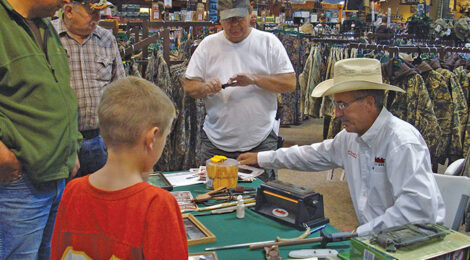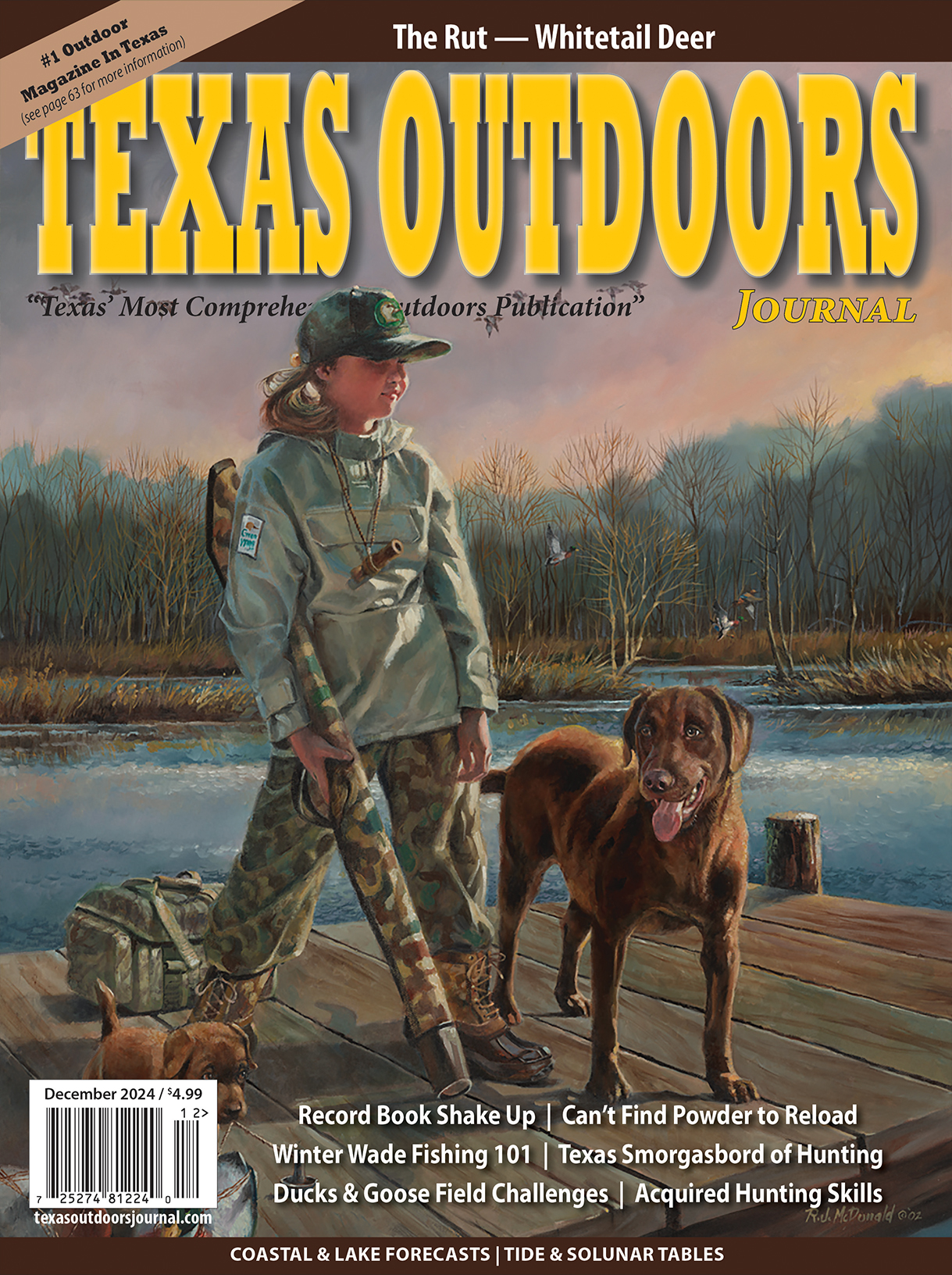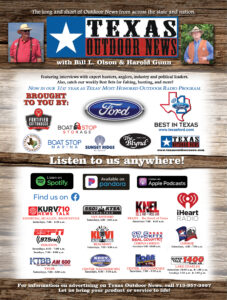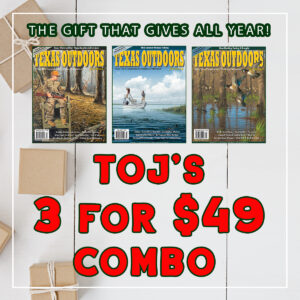
ALL THINGS KNIVES
Story by Tom Claycomb III
When asked to write an article on knives and all of the various angles concerning outdoor cutlery no one had clue how big of a can of worms had been opened. It reminded me of a neighbor in Tyler that had collected a coffee can full of caterpillars to go fishing and put the can in the trunk of his car. He later opened the trunk and called me over to take a look. There was not one caterpillar in the can. Instead, they were hanging off the bottom side of the roof and sides of the trunk plus crawling all over. That’s how this article is going to be. We’re going to explore many of the aspects concerning knives.
So you’ll know where I’m coming from I worked for 45 years for the big Beef Packers. I took what was learned there about knives, plus processing carcasses, and applied into my outdoor world. You get a lot of cutting experience there.
For instance, at the time Con Agra had five beef plants, four pork plants and three lamb plants. We killed and processed 25,000 head of cattle per day! So, it was the perfect training ground to also learn how to break down wild game.
Then 25 years ago I became an outdoor writer and have been on Field Staff with Buck Knives, Pro-staff with Smith’s, Puma, Havalon, Steel Will, sponsored by DiamondBlade Knives, Knives of Alaska and many other knife companies. For years I have presented knife seminars from Texas to Alaska. The bottom line, I’m into knives but that doesn’t mean I know everything about them. I learn new tips every time I conduct a seminar and talk to people.
A knife is a tool. Just like a screwdriver you most likely have several. For each specific job you select the proper screwdriver. The same is true with a knife.
Recently I gave a knife talk at a wild game feed. I called a little skinny nine year old youngster up to the podium and a big stout 35 year old man. I gave the kid a post hole digger and the man a spoon and then asked the crowd who would dig a hole the fastest.
Sure, the man could eventually dig a posthole, but a spoon was not the proper tool. I see this same scenario repeatedly with knives. Just because you skinned your first deer with a certain knife doesn’t necessarily mean it is a good skinning knife. I could sharpen a butter knife and skin a deer but that doesn’t mean it has a functional skinning design.
************************************************************************
To read more, click here to SUBSCRIBE








